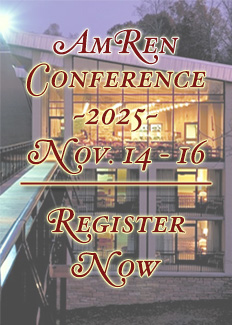Detroit Tops 2013 List of America’s Most Miserable Cities
Kurt Badenhausen, Forbes, February 21, 2013
Forbes put Detroit Mayor Dave Bing on its cover in 2011 for a story with the optimistic headline: “City of Hope.” The premise was that the city had hit rock bottom and was poised for a turnaround.
{snip}
Two years later, Detroit’s problems continue to multiply, sadly. It is still dealing with high levels of violent crime and unemployment. Home prices, already at historic lows, plummeted a further 35% during the past three years to a median of $40,000 as net migration out of the city continued.
The latest blow was Tuesday’s announcement that the city is on the verge of being taken over by the state. Detroit is in a financial emergency and cannot pay its bills. The city has been issuing debt to fund day-to-day operations. The continuing problems propelled Detroit to the top spot in our 2013 ranking of America’s Most Miserable Cities.
{snip}
Our look at misery is more localized, and includes unemployment, as well as other things that aggravate people.
This year we examined nine factors for the 200 largest metro areas in the U.S. The metrics include the serious: violent crime, unemployment, foreclosures, taxes (income and property) and home prices. We also include less weighty, but still important quality-of-life issues like commute times and weather.
We tweaked the methodology in this year’s list in response to feedback from readers, dropping our rankings of both pro sports team success and political corruption, since both were based on regional, rather than city-specific data. We also added a new measure — net migration — which we see as a clear gauge of whether or not residents feel a community is worth living in. Detroit, which ranked No. 2 last year, also would have finished No. 1 under the previous methodology (click here for more details about the criteria for the list).
Detroit’s problems are hardly new. It has been in a four-decade decline, paralleling the slide of the U.S. auto industry. The city’s debt rating was cut to junk by Moody’s Investors Service in 1992, but declining tax revenues from a shrinking city will soon make Detroit a ward of the state.
Violent crime in the Detroit metro division was down 5% in 2011, but it remains the highest in the country with 1,052 violent crimes per 100,000 people, according to the FBI. {snip}
{snip}
The problems of No. 2-ranked Flint, Mich. mirror those of Detroit. Like Detroit, Flint has been demolishing homes as the city shrinks, with residents leaving in search of jobs. Only Detroit has a higher net migration rate among the 200 largest U.S. metros. Unemployment has averaged 11.3% in Flint the past three years and it ranks third worst for violent crime behind just Detroit and Memphis, Tenn.
{snip}
Two cities on our list, Chicago (No. 4) and New York (No. 10) may surprise readers, though they’ve been here before. Both offer a myriad of opportunities and positives as the homes of financial centers, world-class culture, leading universities, sports teams galore and high-end restaurants. But it isn’t easy living in either city, particularly if you don’t earn a lot of money (even if you do it can be tough).
{snip}
















